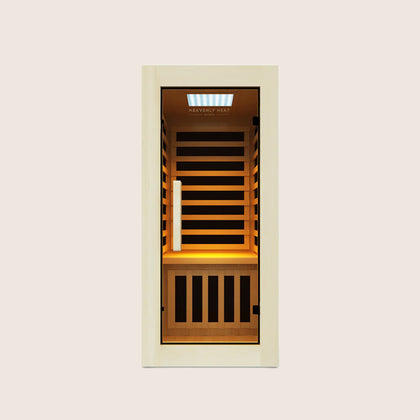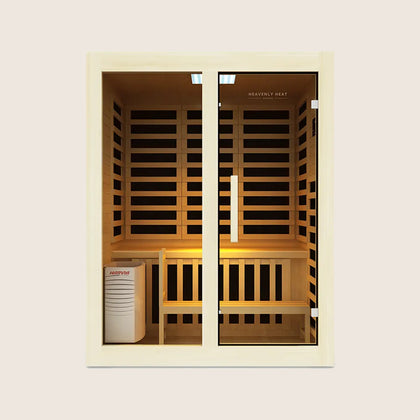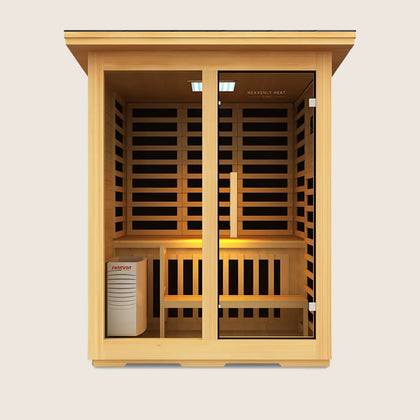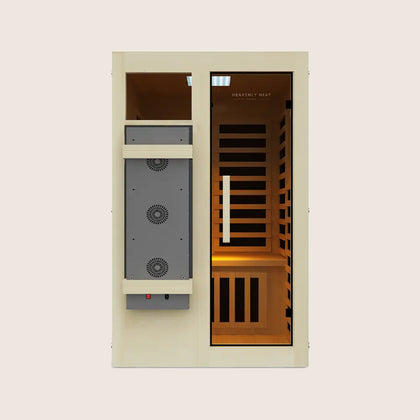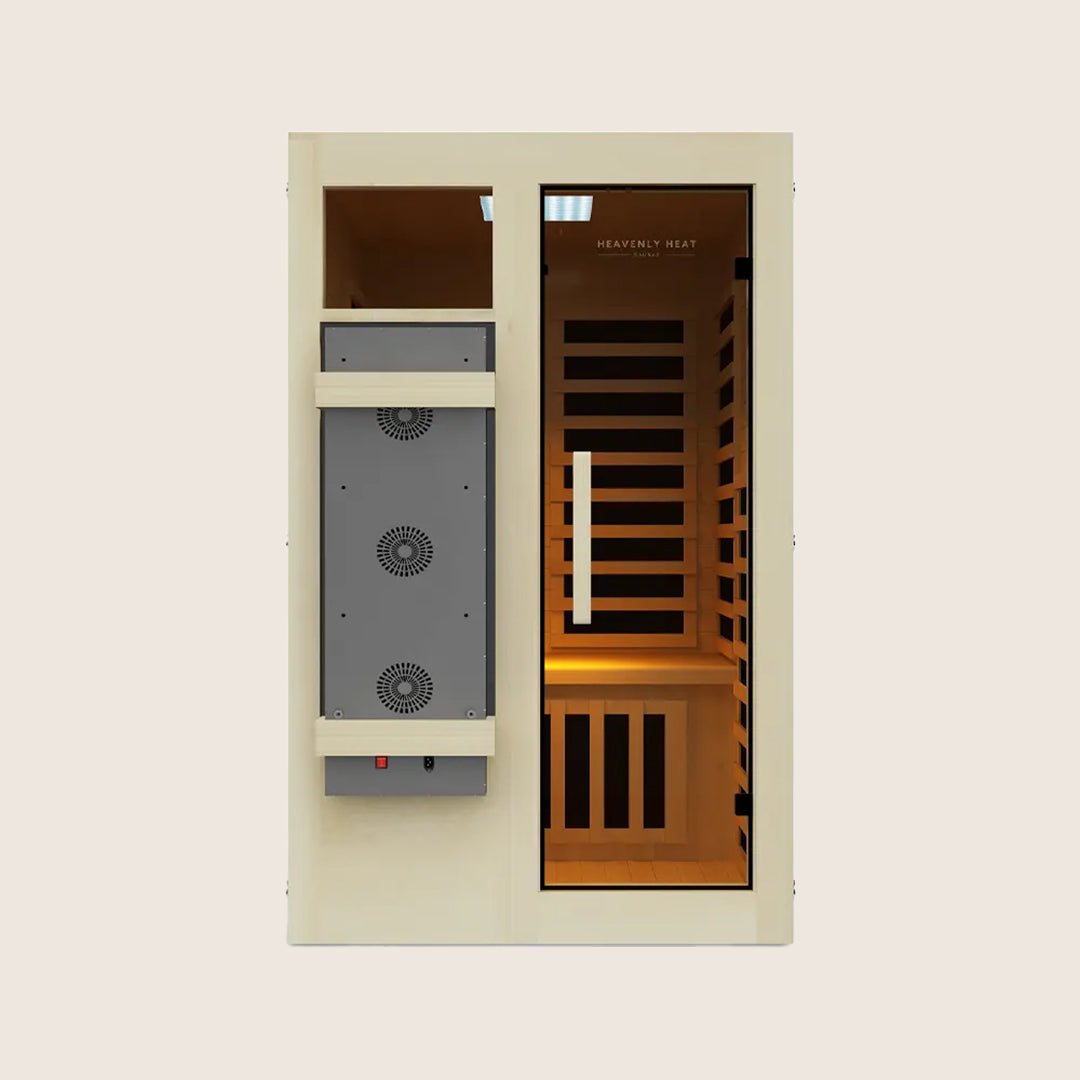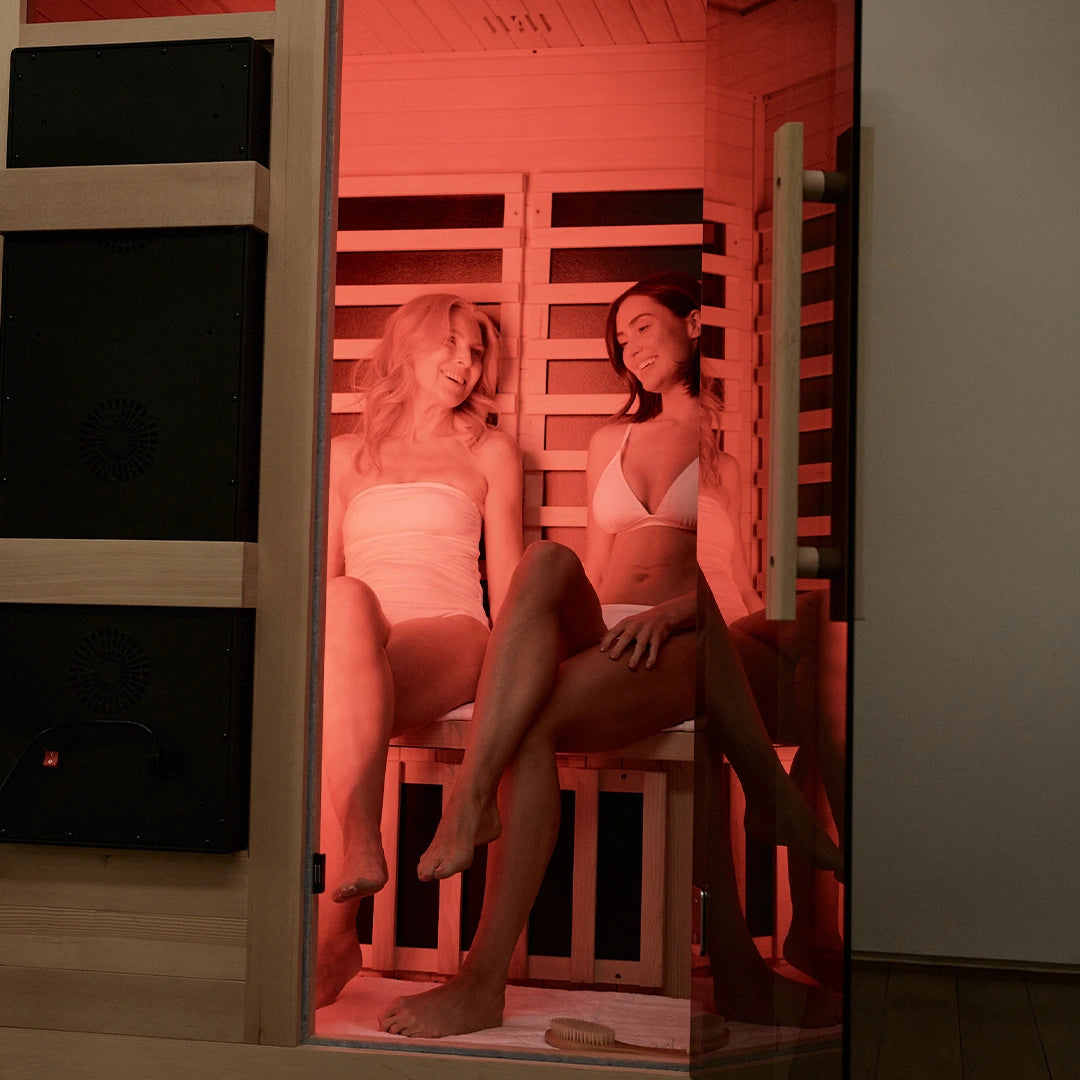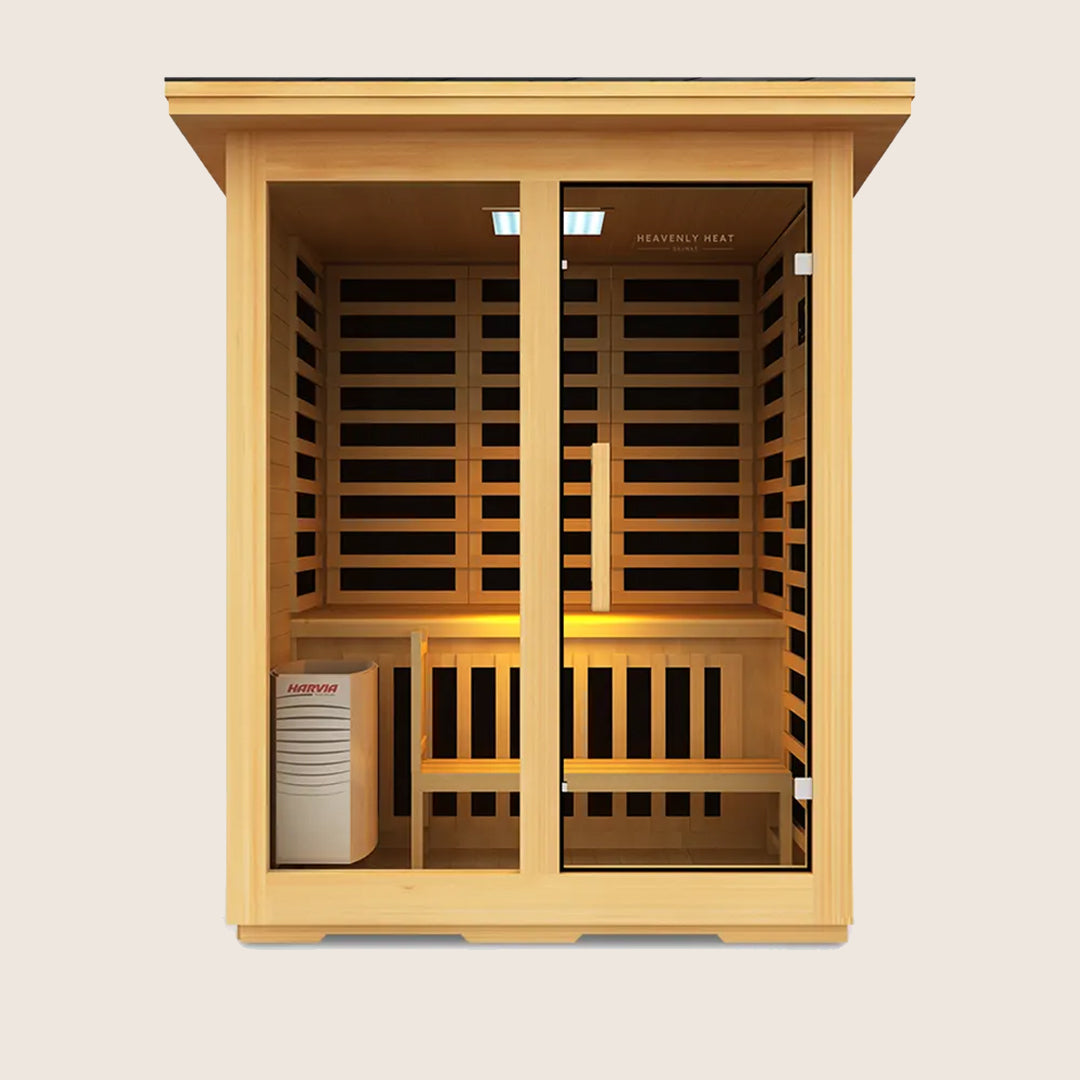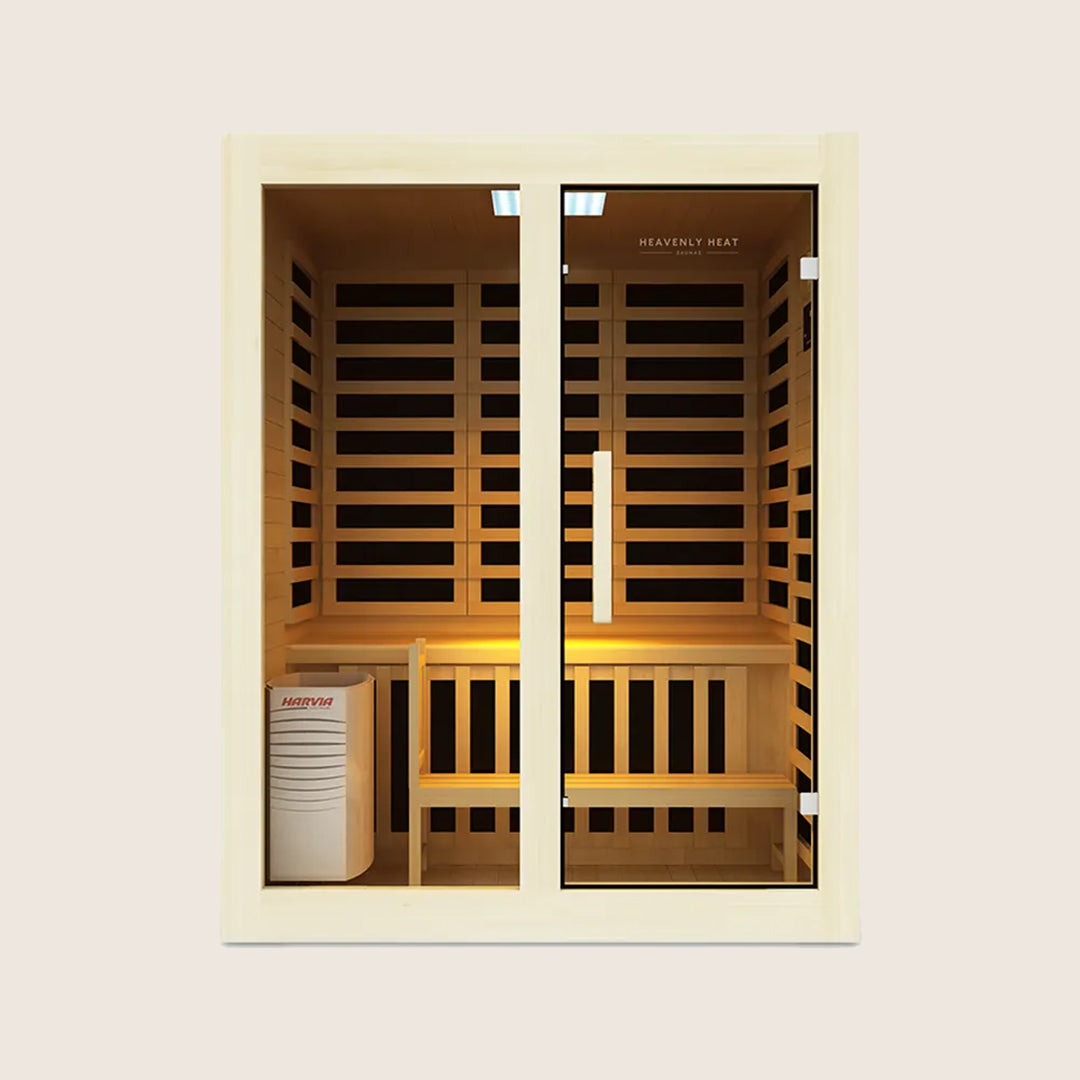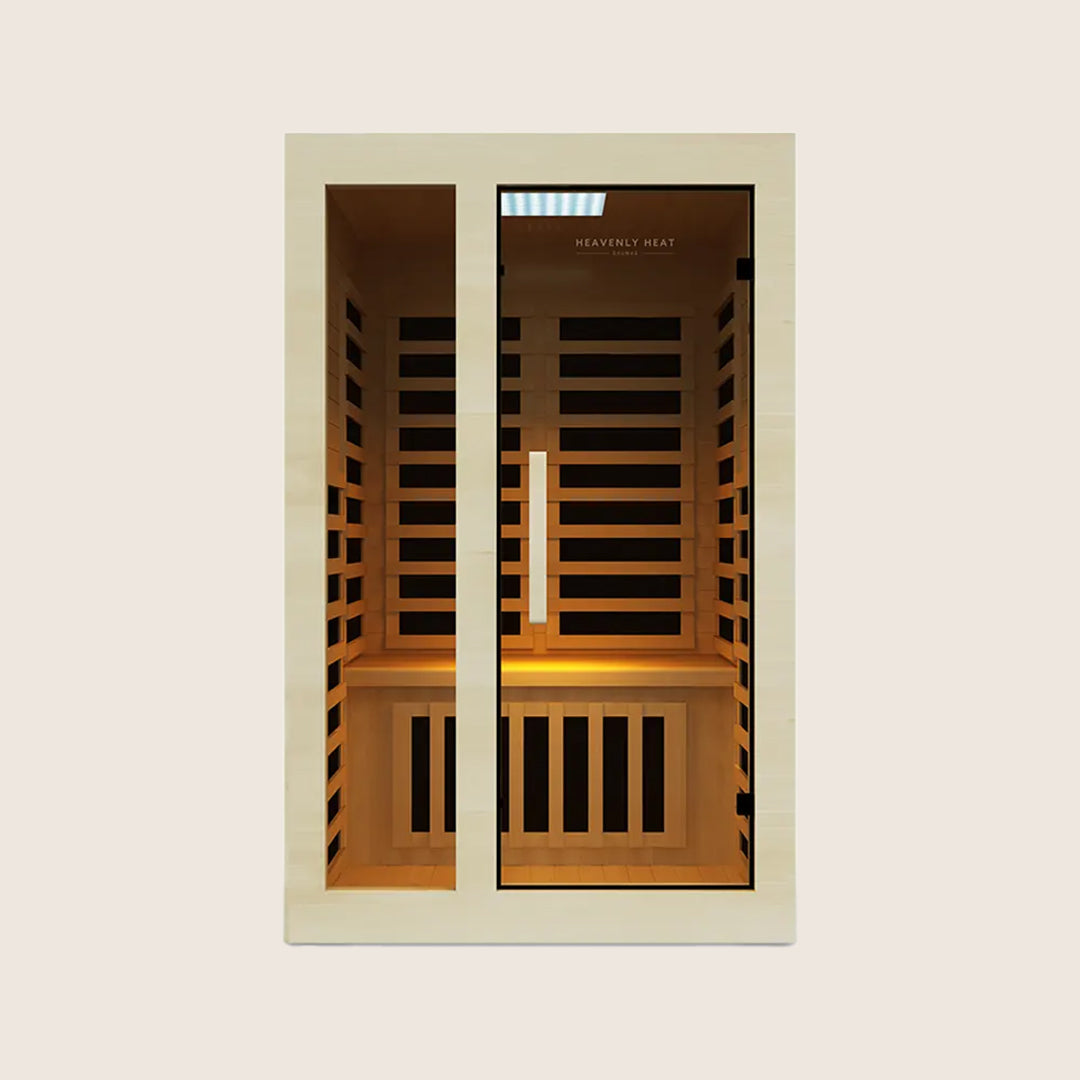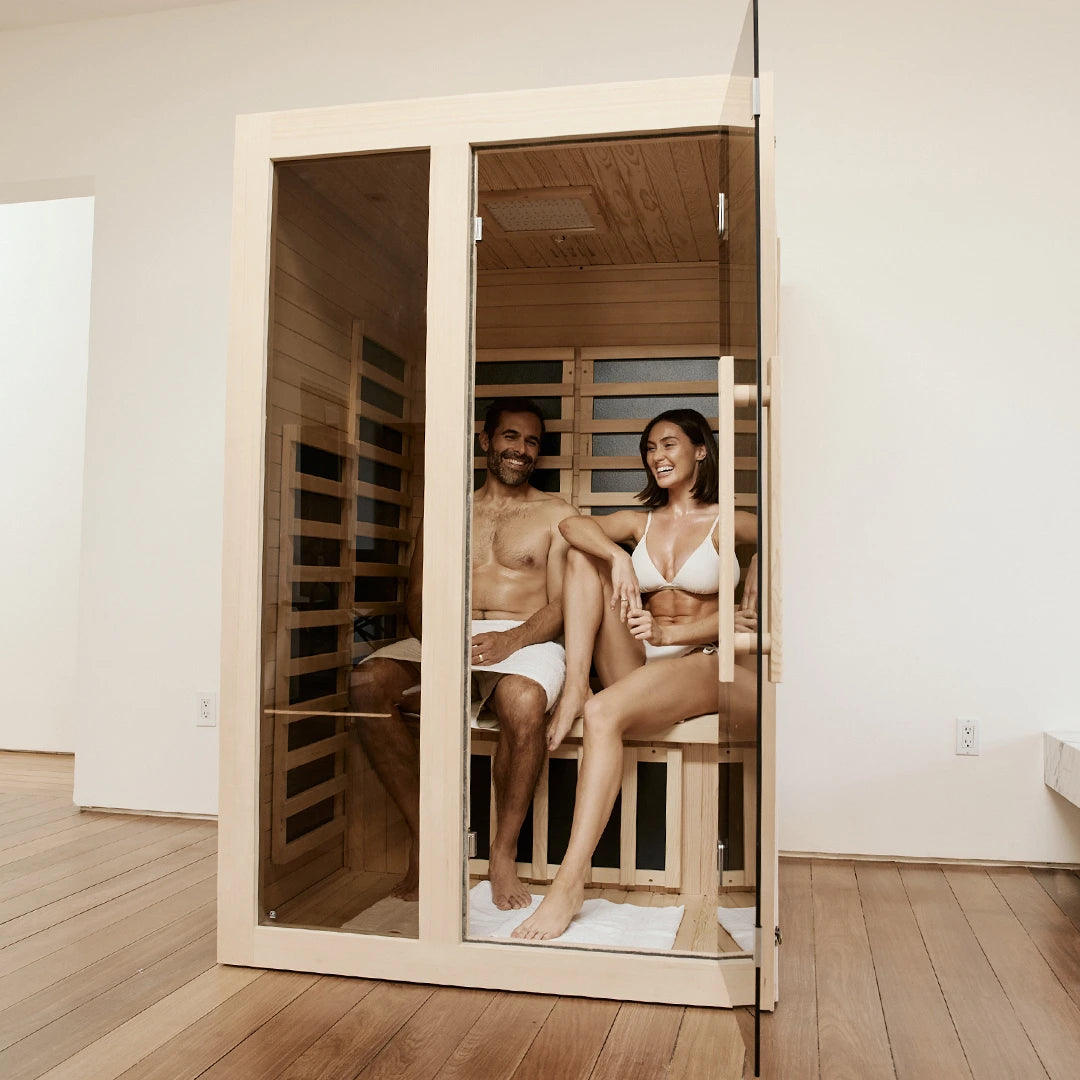Does Red Light Therapy Help With Tendonitis? Relief Options

Dull aches, tenderness, and swelling from tendonitis can turn simple movements into frustrating challenges.
Left untreated, this nagging pain can linger, limit mobility, and even lead to chronic joint issues. Ignoring it doesn’t just steal comfort, it steals freedom.
But what if relief could come from an unexpected source? Let’s explore whether red light therapy could help.
Key Takeaways
Relieve Tendon Pain Quickly: Red light therapy can reduce inflammation and pain in just a few minutes per session.
Speed Up Healing: RLT stimulates collagen production, cell repair, and blood flow to accelerate tendon recovery.
Restore Flexibility: Regular sessions improve joint mobility, tendon elasticity, and overall movement.
Safe, Drug-Free Option: Red light therapy is non-invasive and has minimal side effects compared to traditional medications.
Prevent Future Injuries: Consistent use strengthens tendons, improves resilience, and lowers the risk of overuse damage.

Does Red Light Therapy Help With Tendonitis?
Red light therapy (RLT) shows promise for tendonitis by reducing pain, inflammation, and swelling while promoting tendon healing and collagen production.
It improves blood flow, flexibility, and joint movement, supporting faster recovery. Safe and non-invasive, RLT can be used at home or clinically 3–5 times weekly.
Combined with rest, stretching, and gradual strengthening, it enhances tendon health and helps prevent future injuries.
What Is Tendonitis?
The Mayo Clinic explains that tendonitis is inflammation of the thick cords, called tendons, that connect muscle to bone, typically causing pain and tenderness near a joint.
It most commonly affects the shoulders, elbows, wrists, knees, and heels, and can arise from both sudden injuries and repetitive stress over time.
Primary causes of tendonitis include:
Overuse or repetitive movements: Activities like running, throwing, or heavy lifting place repeated stress on tendons.
Sudden strain or injury: A sharp movement or accident can inflame the tendon.
Medication side effects: Some antibiotics (fluoroquinolones) or cholesterol-lowering drugs can contribute.
Underlying medical conditions: Diabetes, rheumatoid arthritis, gout, osteoarthritis, or infections can increase susceptibility.
Tendonitis can significantly affect daily life by limiting mobility and making routine tasks, like lifting, reaching, or walking, painful.
Fortunately, practical strategies can help manage symptoms and prevent worsening: rest and gentle stretching, physical therapy to strengthen surrounding muscles, and proper ergonomics during work or exercise.
Cross-training or alternating activities reduces repetitive strain, while warming up before physical activity protects tendons.
With consistent care, most people experience significant improvement, and long-term complications like tendon tears can often be avoided, offering a hopeful path back to pain-free movement.
Benefits of Red Light Therapy for Tendonitis
Quickly Relieves Tendon Pain
Red light therapy has shown promising results in easing tendon pain and supporting healing.
Research highlighted in BMC Sports Science, Medicine and Rehabilitation found that when combined with exercise, photobiomodulation (PBM) can significantly reduce pain and improve function in tendinopathy patients.
The therapy works at a cellular level: as Frontiers in Physiology explains, red light activates cytochrome C oxidase, enhances angiogenesis during the inflammatory phase, boosts collagen production during proliferation, and modulates inflammatory responses during remodeling.
These processes collectively help reduce tendon inflammation and support repair. Patients often feel relief quickly, short sessions of 3–5 minutes can provide noticeable benefits for several hours, while longer pre-conditioning treatments of around an hour may extend protective effects for days.
Moreover, a clinical trial reported in Photomedicine and Laser Surgery demonstrated measurable improvements in tendon healing, pain reduction, and joint flexibility among patients receiving low-level laser therapy after flexor tendon surgery.
Overall, red light therapy is a safe, non-invasive option that accelerates recovery and enhances quality of life for those with tendon injuries.
Calms Inflammation and Swelling
When tendonitis flares up, the swelling and inflammation make the pain worse and slow down healing.
When you calm that inflammation, the pressure eases, pain goes down, and your body gets the chance to repair the tendon faster.
Researchers have seen this in action. One study on animals found that red light therapy lowered key inflammatory signals like IL-1β and TNF-α, which sped up healing.
Another study showed that photobiomodulation boosts cell energy, cuts down oxidative stress, and reduces inflammation—exactly what sore, irritated tendons need.
Speeds Up Tendon Healing
Red light therapy has shown promising results in accelerating tendon healing. Research from the International Journal of Molecular Sciences highlights that LED-based photobiomodulation (PBM) at 630 and 880 nm can stimulate cell proliferation and migration, essential for early tendon repair.
In animal models, treated tendons showed reduced inflammation, better fiber structure, and increased tenocyte activity, indicating faster recovery.
Studies in Frontiers in Physiology further reveal that low-level laser therapy promotes collagen production, particularly type III collagen, during the proliferation phase, while also activating M2 macrophages to limit excessive inflammation and fibrosis.
Meanwhile, AIMS Biophysics reports that PBM helps reduce inflammatory markers, oxidative stress, and pain by modulating mitochondrial activity and cellular signaling.
Clinically, these effects translate into quicker recovery times: pilot studies indicate that athletes return to play nearly twice as fast, with reduced stiffness and pain.
With consistent, properly guided sessions, red light therapy offers a safe, effective adjunct to conventional tendonitis treatments, supporting both faster healing and long-term tendon health.
Boosts Blood Flow for Recovery
Good blood flow helps tendonitis heal because it brings fresh oxygen and nutrients to the injured tendon while also carrying away waste that causes pain and swelling.
Red light therapy makes this process stronger by helping blood vessels open up. In one study, 670 nm light triggered nitric oxide release, which relaxed blood vessels and boosted circulation.
Another study showed it even restored healthy blood flow in diabetic mice with damaged vessels. These results suggest red light can speed recovery where the body struggles on its own.
Restores Flexibility and Movement
Red light therapy improves joint flexibility by stimulating circulation, warming tissues, and supporting tendon repair.
It reduces inflammation, increases tendon elasticity, and restores range of motion, helping injured or stiff tendons move more freely and easing daily activities.
Safe and Drug-Free Treatment Option
Red light therapy (RLT) is emerging as a promising, non-invasive approach for managing tendonitis.
Studies published in the Journal of Rheumatic Diseases found that patients receiving light-emitting diode therapy experienced significant reductions in pain and stiffness, along with increased collagen production, without any reported side effects.
Supporting this, a review in BMC Sports Science, Medicine and Rehabilitation highlighted that photobiomodulation, a form of RLT, can improve tendon function, especially when combined with exercise, with minimal risk.
From a cellular perspective, AIMS Biophysics explains that red and near-infrared light stimulate mitochondrial activity, boost ATP production, and reduce inflammatory markers, effectively relieving pain without drugs.
For safe and effective results, health sources recommend using red light therapy 2–5 times per week for 10–20 minutes, following device guidelines and consulting a healthcare provider.
Compared to traditional medications, RLT offers the advantage of fewer side effects, faster recovery, and a drug-free, holistic method to support tendon healing and overall well-being.
Helps Prevent Future Tendon Injuries
Red light therapy helps prevent tendon injuries by strengthening tendons and improving resilience.
It boosts circulation, supports collagen production, and maintains tendon flexibility, reducing the risk of overuse damage and age-related degeneration. Regular use can make tendons more durable and less prone to injury.
Tips to Prevent Tendonitis
Warm up first to protect tendons
Warming up before exercise plays a key role in protecting your tendons and reducing the risk of tendonitis.
Research highlighted in the Journal of Science and Medicine in Sport shows that while evidence is not entirely conclusive, most studies suggest warm-ups can lower injury risk during physical activity.
The journal of Temperature emphasizes that increasing blood flow and tissue temperature through warm-ups improves tendon elasticity, making tendons more resilient to sudden strain.
Clinical studies also report that athletes who warm up regularly experience fewer tendon injuries compared to those who skip this step.
Specific exercises matter too, findings from Sports Medicine - Open show that high-loading exercises can strengthen tendons, increase stiffness, and improve tendon structure, which helps prevent overuse injuries.
Effective warm-ups should last 5–15 minutes, combining low-to-moderate cardio, dynamic stretches, and sport-specific movements.
This approach enhances blood flow, joint mobility, and neuromuscular coordination, giving your tendons the best preparation for safe, high-performance activity.
Stretch daily to stay flexible
Regular stretching can play a key role in keeping your tendons healthy and reducing the risk of tendonitis.
Scientific studies show that daily stretching improves tendon compliance, reduces muscle tension, and increases joint range of motion, which helps prevent overstrain during repetitive movements.
According to the British Journal of Sports Medicine, tendons need elasticity to absorb and release energy efficiently, especially during high-intensity activities like jumping or gymnastics.
Ballistic and dynamic stretches are particularly effective, with ballistic stretching boosting tendon elasticity and dynamic stretching enhancing functional flexibility, while static stretching mainly benefits muscle flexibility.
Expert organizations, including the American College of Sports Medicine and the NIH, recommend incorporating stretching into a balanced fitness routine, ideally alongside strengthening exercises.
Proper warm-ups, mindful stretching, and choosing the right technique for your activity can maximize tendon health and help prevent injuries, making daily stretching a simple yet powerful tool for long-term joint and tendon care.
Strengthen muscles slowly and safely
Gradual strength training is key to keeping tendons healthy and reducing the risk of tendonitis.
Research shows that slowly increasing load improves tendon stiffness, tensile strength, and energy storage, allowing tendons to better handle daily and athletic stresses.
Progressive overload stimulates tendon cells, called tenocytes, to produce collagen and align fibers, strengthening the tendon over time.
Clinical trials comparing slow versus rapid muscle strengthening, like heavy slow resistance (HSR) training, demonstrate that controlled, slow movements improve tendon structure and function, often matching or surpassing eccentric exercises for Achilles or patellar tendinopathy.
To avoid strain, it’s crucial to progress carefully. As highlighted by the National Academy of Sports Medicine, increases in weight, time, or intensity should generally stay within 10% per week, allowing tendons to adapt without injury.
Combining gradual load progression with monitoring and recovery helps prevent overuse, supports adaptation, and ensures tendons remain strong, resilient, and ready for both everyday movements and high-performance demands.
Use correct form to avoid strain
To prevent tendonitis, use correct form during exercises. Improper form stresses tendons, causing pain.
Common mistakes include locking elbows, bending wrists incorrectly, or rounding shoulders. Focus on controlled movements and proper alignment.
For push-ups, keep wrists under shoulders and elbows from flaring. For push presses, engage your core and keep shoulders straight.
Take breaks from repetitive motions
Frequent breaks during repetitive tasks are crucial to protect your tendons and reduce the risk of injuries.
Research shows that short, regular breaks, sometimes called microbreaks, help muscles and tendons recover, lower fatigue, and prevent overuse, all without affecting productivity.
According to Ozark Orthopaedics, stretching and moving around every hour can significantly reduce the risk of repetitive strain injuries.
Simple exercises during breaks, such as wrist stretches, finger stretches, and nerve glides, improve blood flow and flexibility, keeping tendons healthy.
Industries with high rates of repetitive motion, like office work, manufacturing, construction, and healthcare, see the biggest benefits when breaks are incorporated into the workday.
Beyond reducing strain, these pauses allow workers to adjust posture and improve ergonomics, which further protects tendons.
By combining short breaks with proper technique, ergonomic workspaces, and strengthening exercises, you can prevent tendonitis before it starts, ensuring long-term comfort and productivity in both everyday tasks and physically demanding jobs.
Rest enough for tendon recovery
When it comes to tendon health, rest is important, but complete inactivity can do more harm than good.
Research shows that while a short period of rest after a tendon injury can help reduce pain, prolonged or total rest weakens the tendon, makes it stiff, and slows healing.
Instead, a balanced approach of relative rest and gradual, controlled loading is key. Gentle exercises like isometric holds, eccentric stretches, or light resistance training stimulate collagen production, realign tendon fibers, and strengthen the tissue.
For overuse injuries, tendons generally benefit from three to six weeks of rest, followed by careful stretching and progressive activity.
Insufficient rest, on the other hand, can worsen inflammation, increase stiffness, and raise the risk of chronic tendonitis or re-injury.
The best strategy combines enough rest to allow repair with gradual, pain-free loading to help the tendon adapt, recover strength, and reduce the likelihood of future problems.
Don’t ignore early pain signals
Pay attention to early pain to prevent worsening tendonitis. Signs include mild soreness, tenderness, or a slight ache near joints.
Tendon pain is sharper during movement and improves with rest, unlike general muscle soreness.
Early symptoms may include stiffness, swelling, or tingling, especially in the morning. Address discomfort promptly to protect your tendons
FAQs
How often should you use red light therapy for tendonitis?
For tendonitis, use red light therapy 3–5 times weekly, 10–20 minutes per session, allowing a day between treatments. Consistency over several weeks is crucial. Adjust based on device power and skin response, and consult a healthcare provider to ensure safe, effective, and personalized healing.
Can red light therapy be used at home for tendonitis relief?
Red light therapy can be used at home for tendonitis to reduce inflammation, manage pain, and promote tendon healing by improving circulation and collagen production. At-home devices are safe with proper use and eye protection, but effectiveness varies, and research on optimal dosing remains limited.
Is red light therapy safe for tendonitis treatment?
Red light therapy (RLT), also known as photobiomodulation, shows promise as a treatment for tendonitis, though evidence is still emerging. Research from BMC Sports Science, Medicine and Rehabilitation found that when combined with exercise, RLT can reduce pain and improve tendon function more effectively than sham treatments, although standalone benefits are less clear. Animal studies, summarized by Photochemistry and Photobiology, indicate that RLT may reduce inflammation and speed tendon repair, highlighting its potential role in recovery. In terms of safety, Healthline reports that RLT is generally safe and painless, but some users have experienced mild skin irritation, burns, or eye issues, especially if used improperly, such as falling asleep with the device on. Protective goggles and professional guidance are recommended, particularly for those with sensitive skin or certain medications. While long-term effects are not fully known, RLT avoids the risks of UV light and offers a non-invasive option for tendon healing. Overall, it appears to be a low-risk adjunct therapy that may aid recovery when used correctly.


